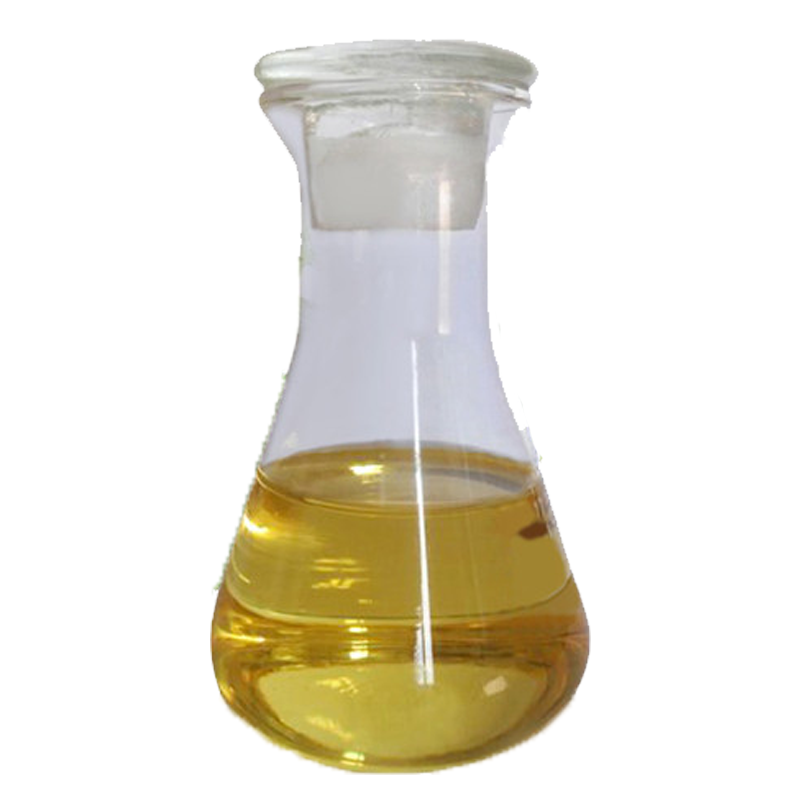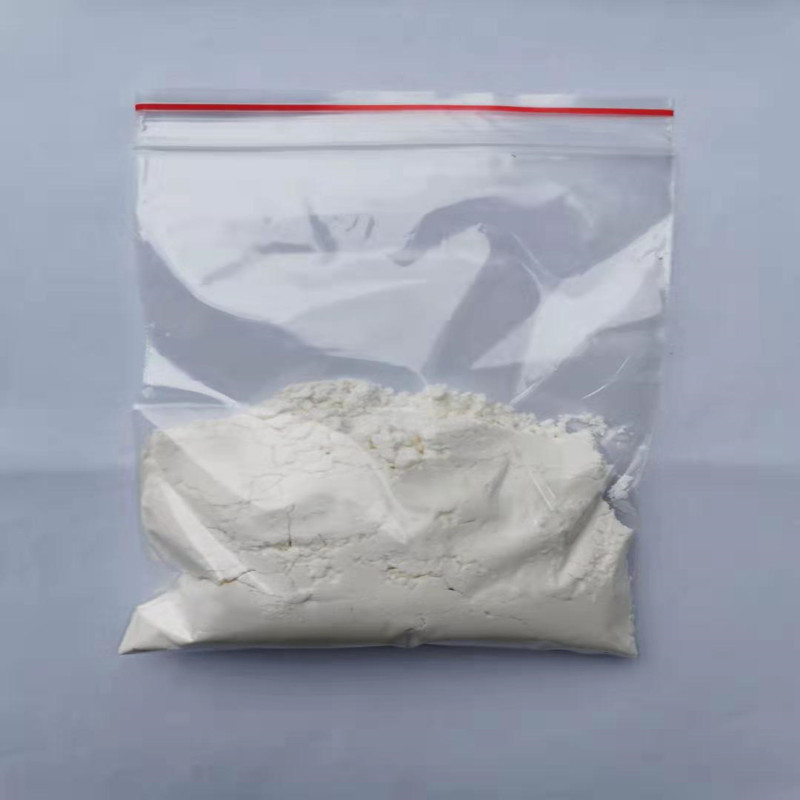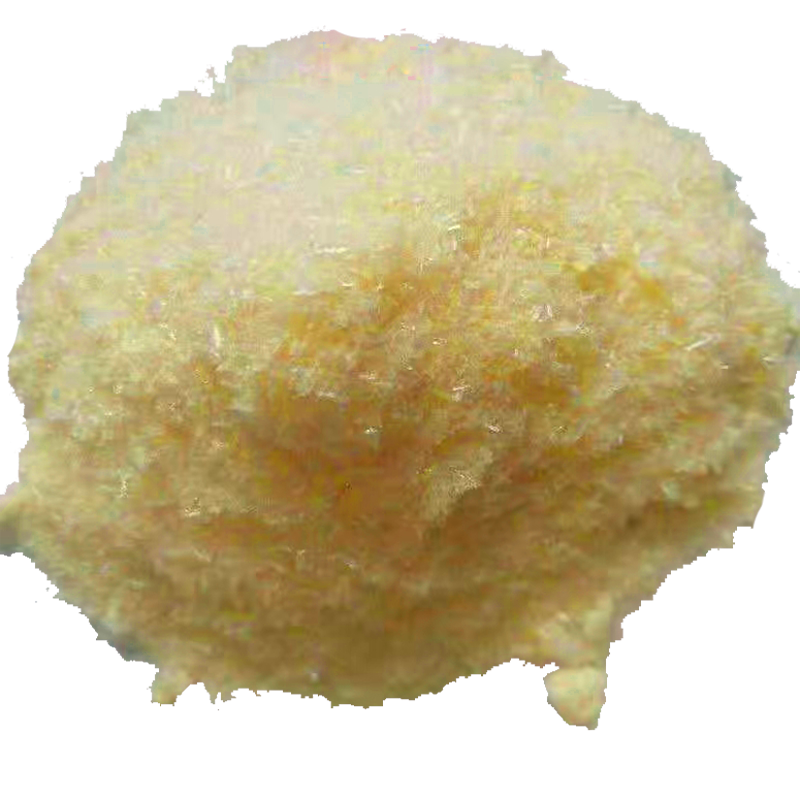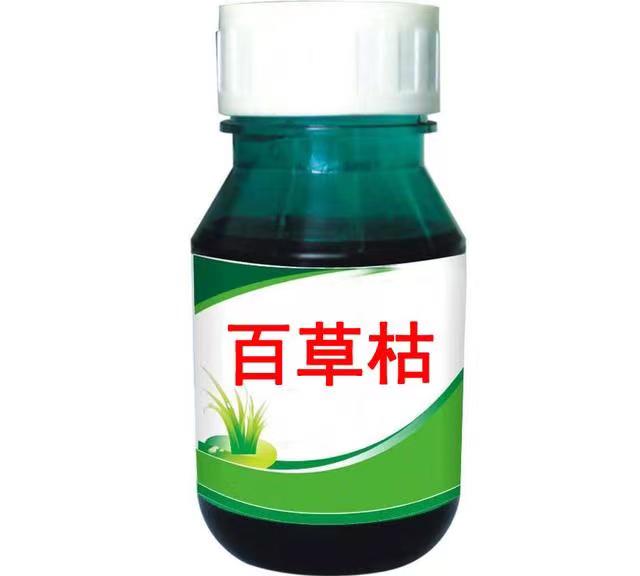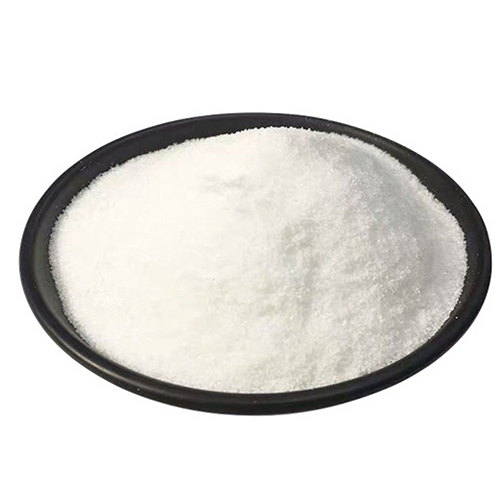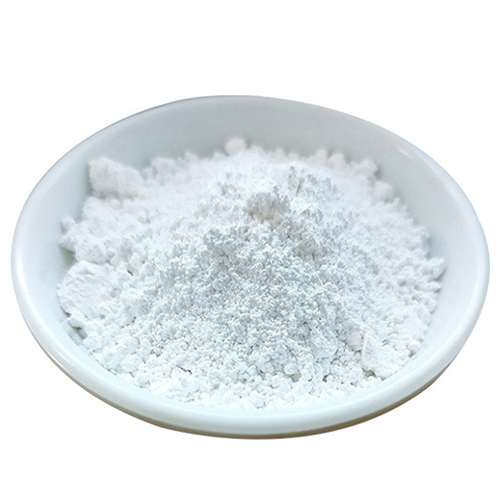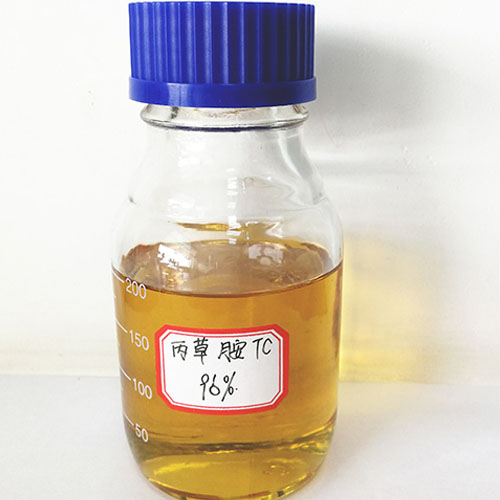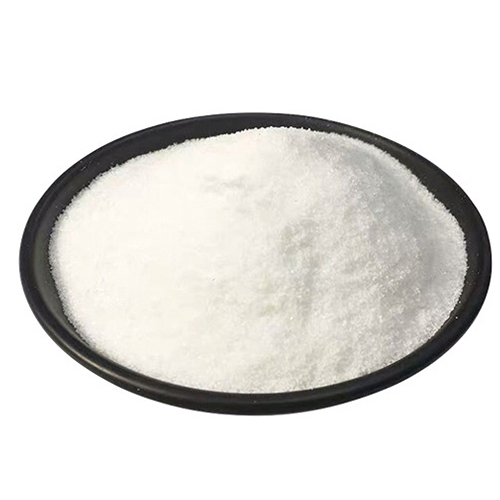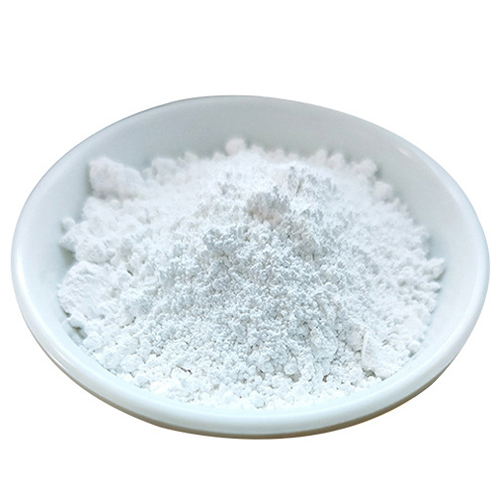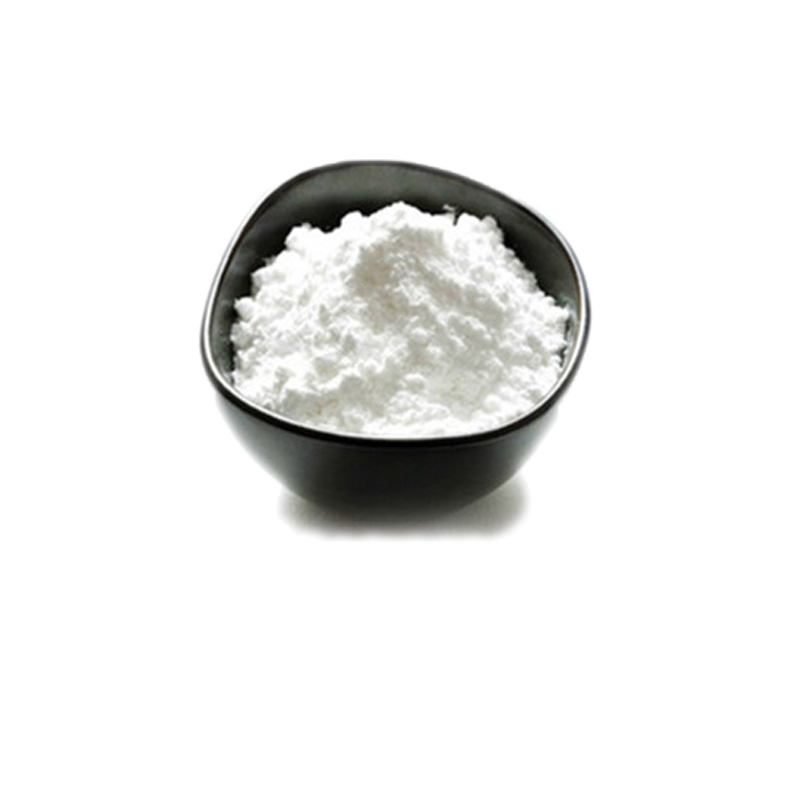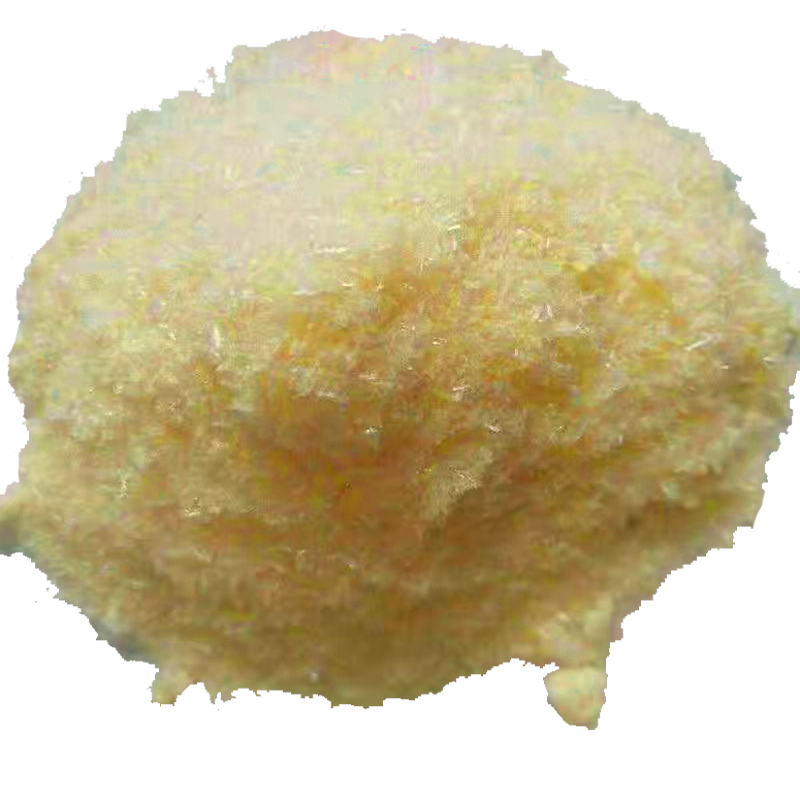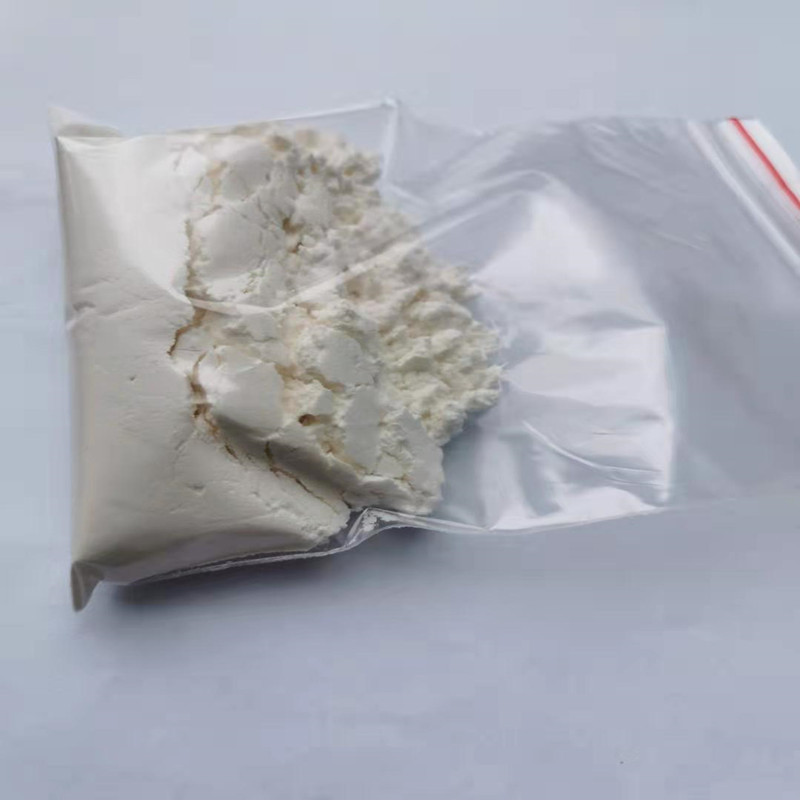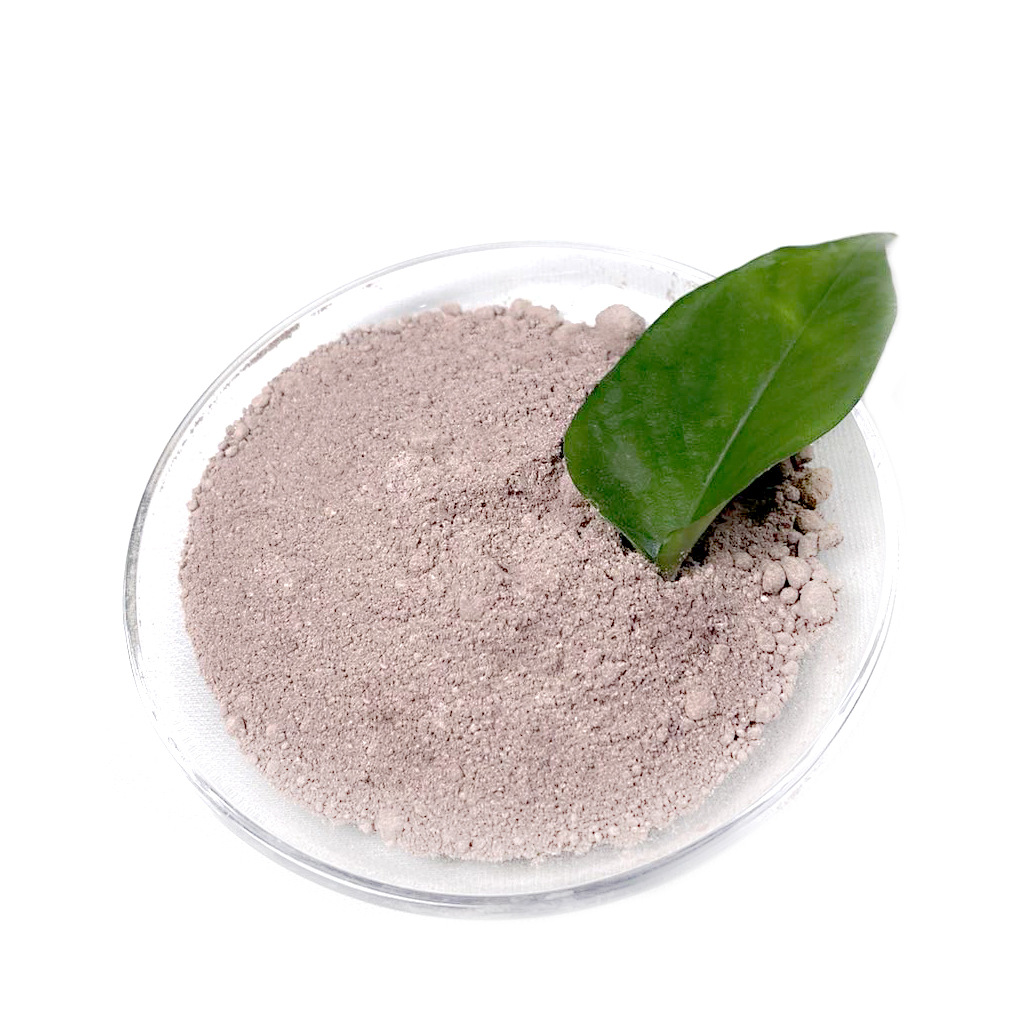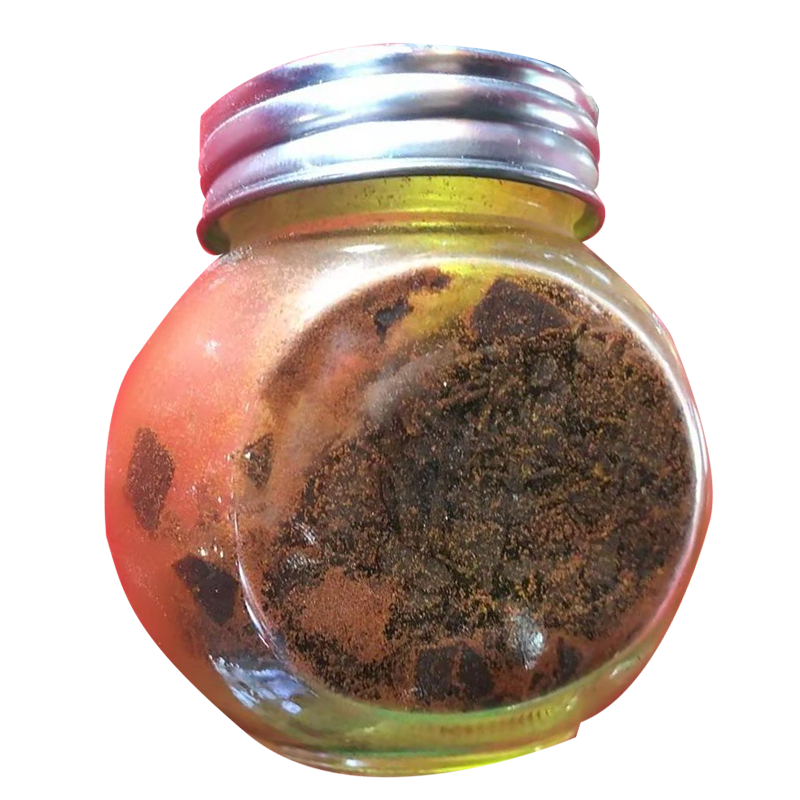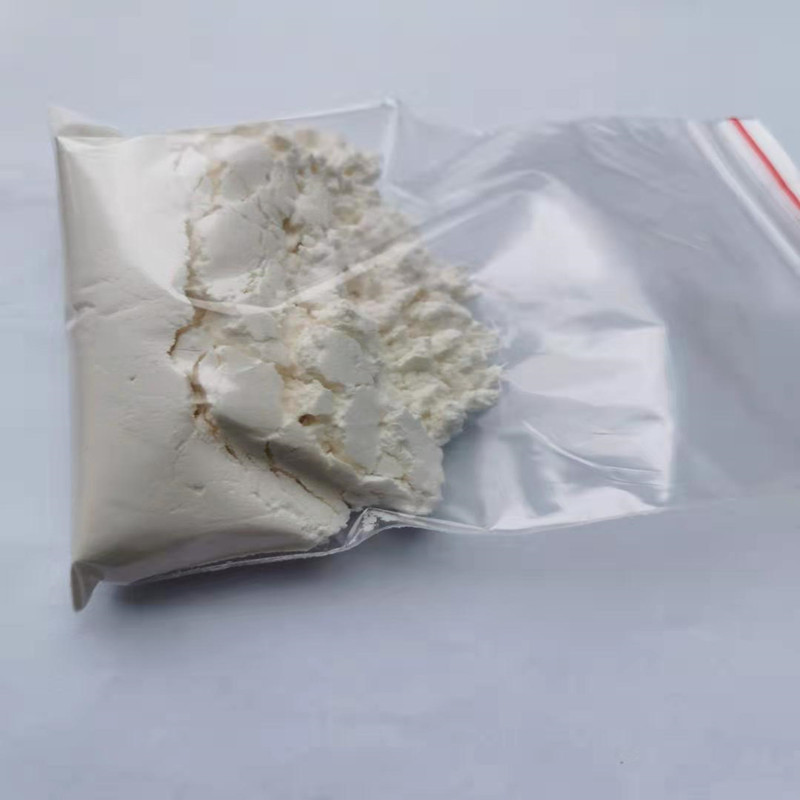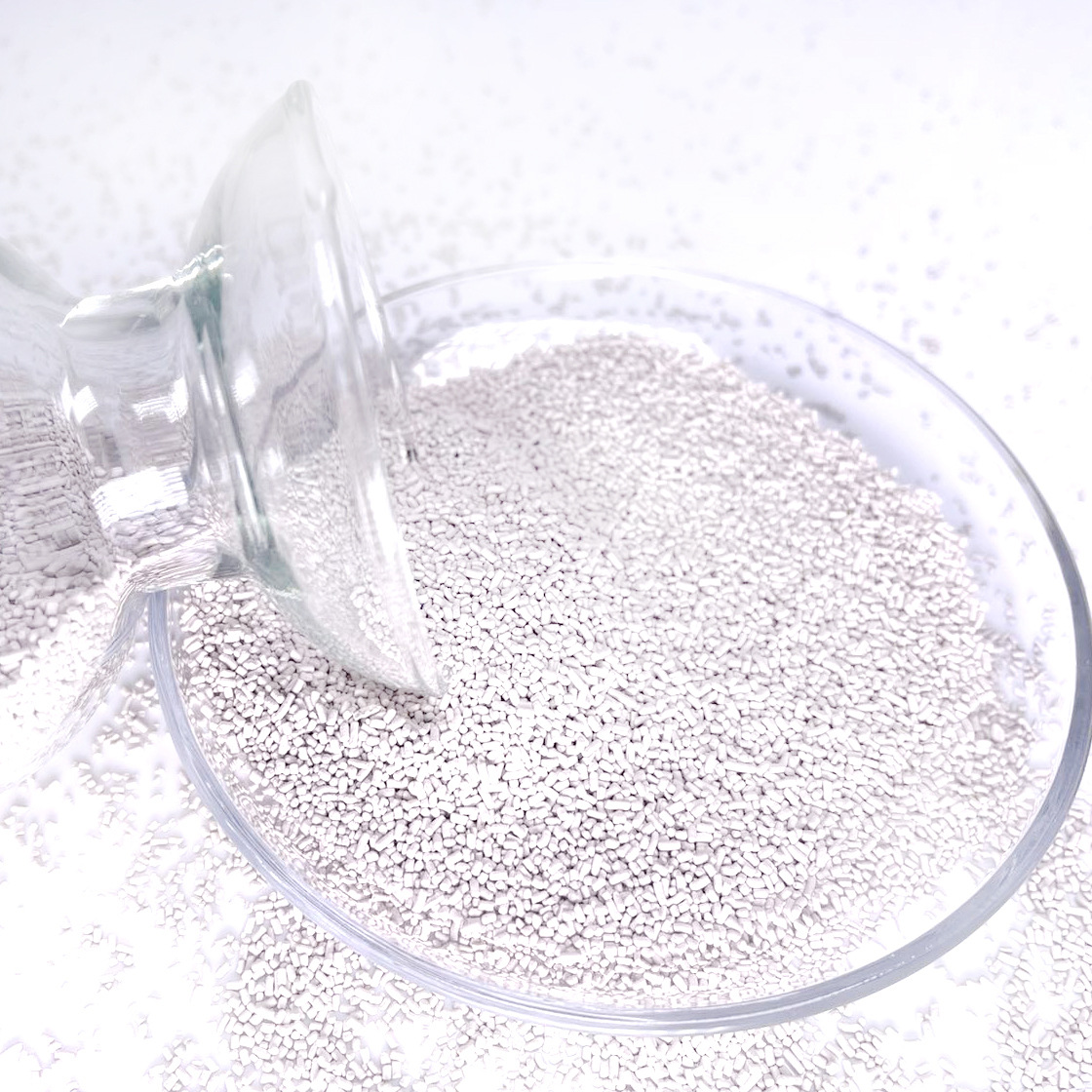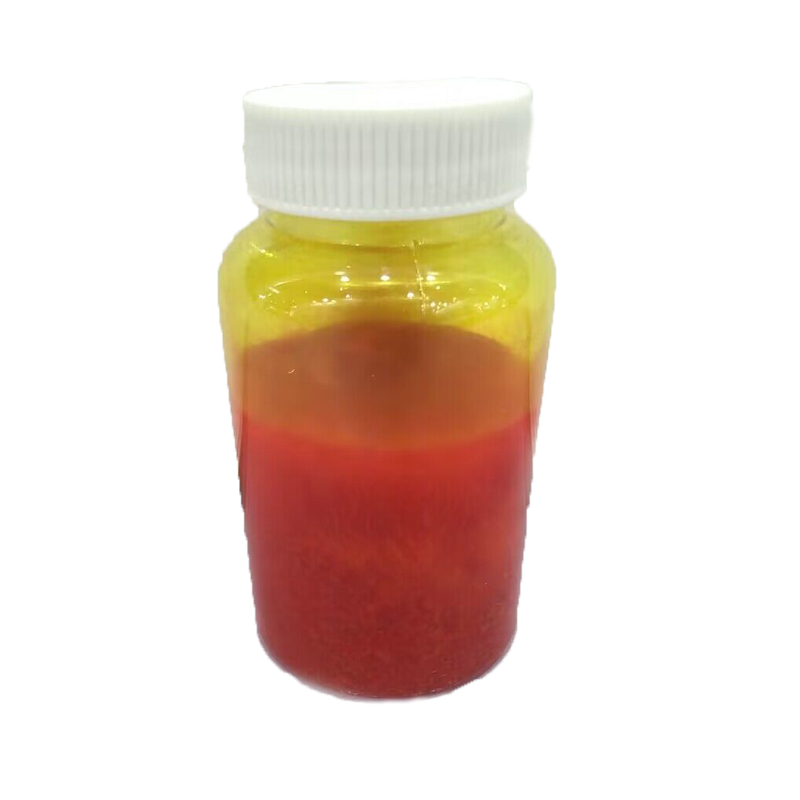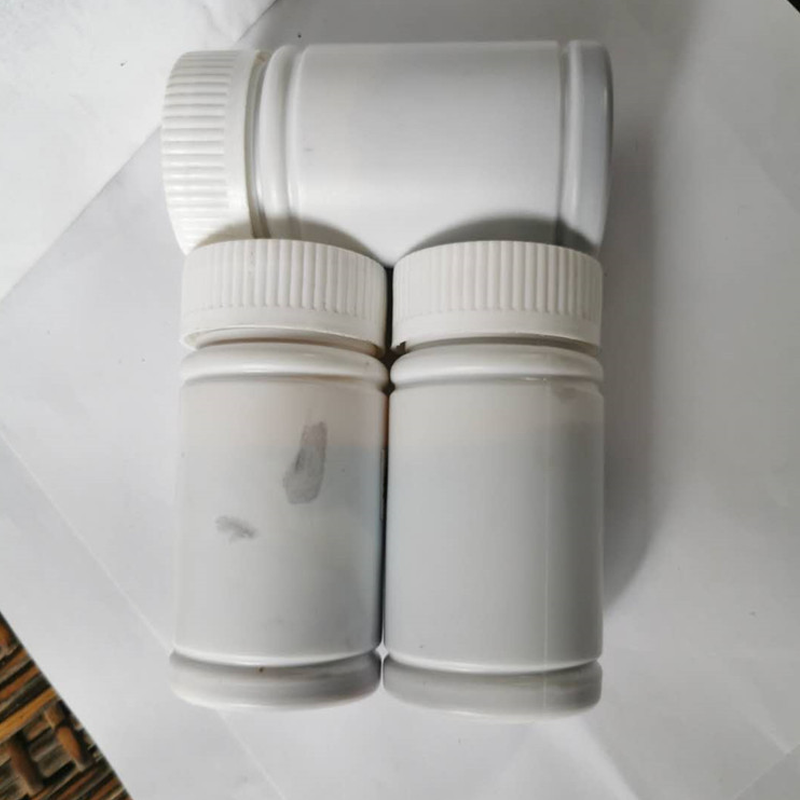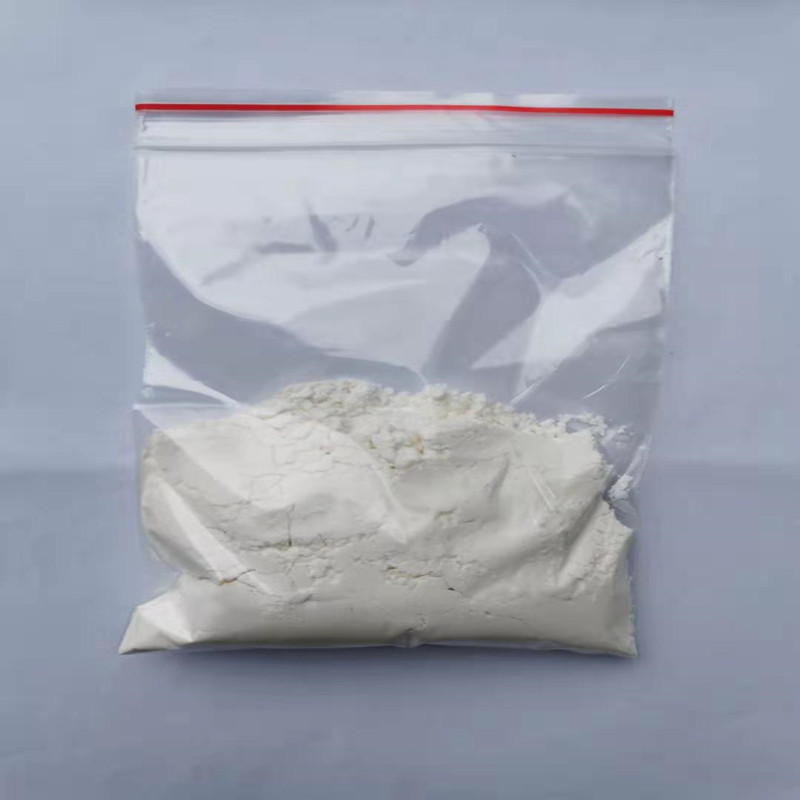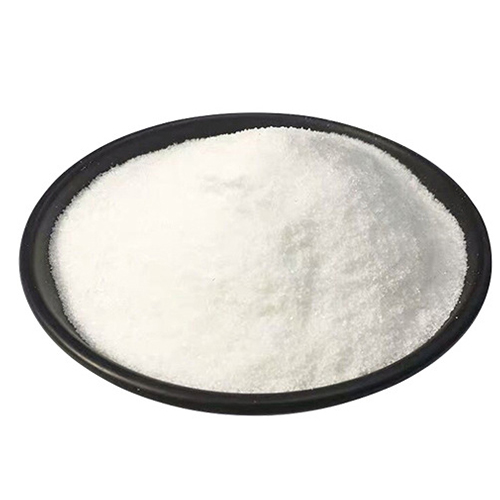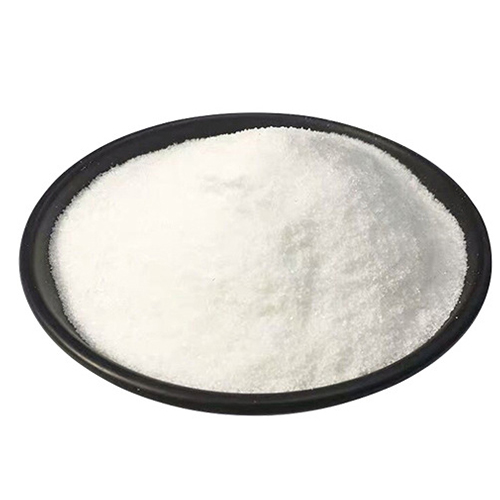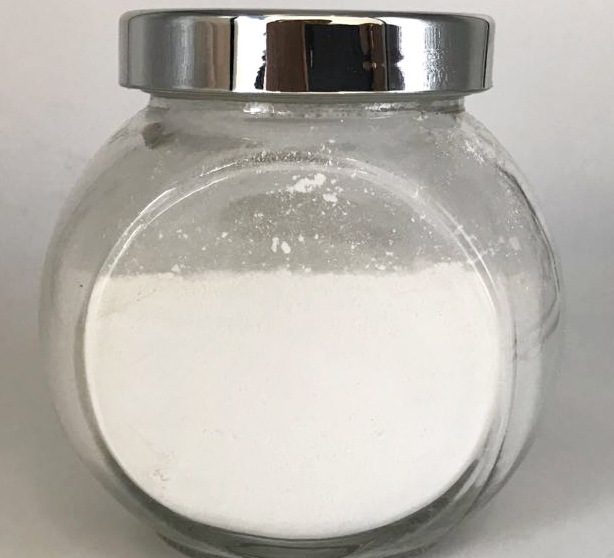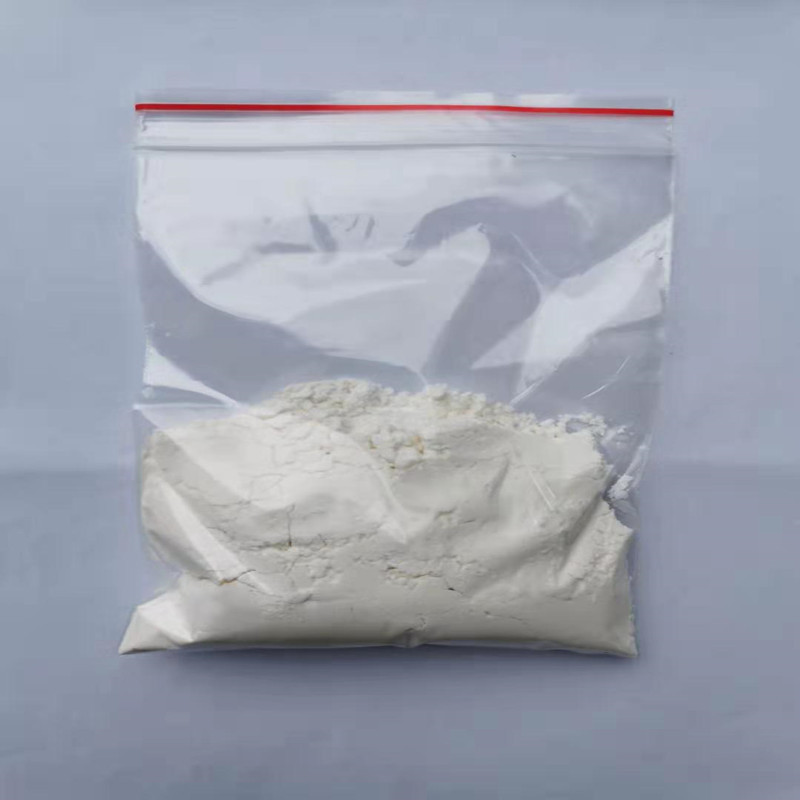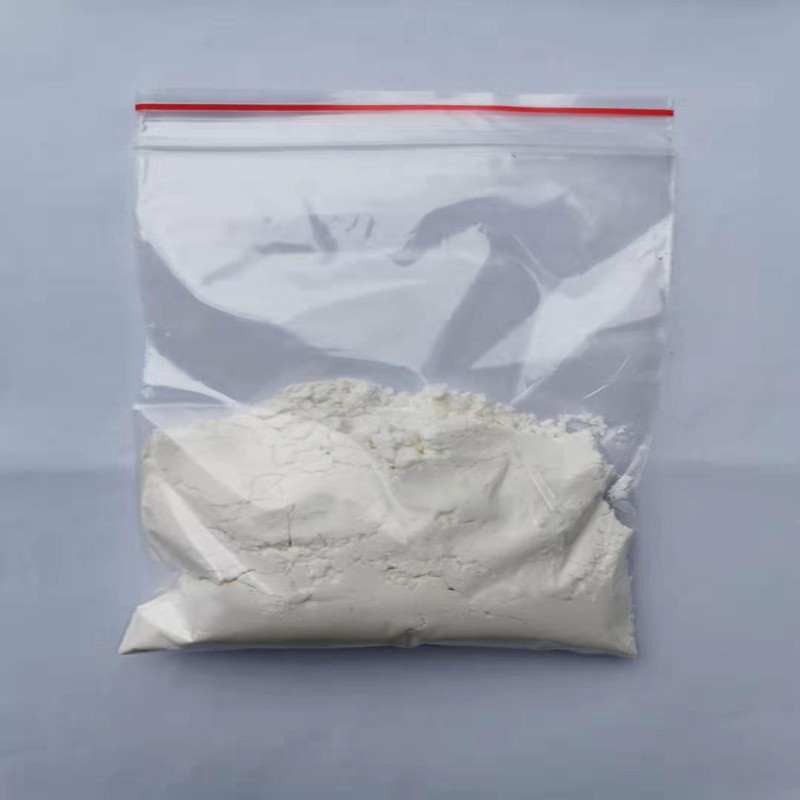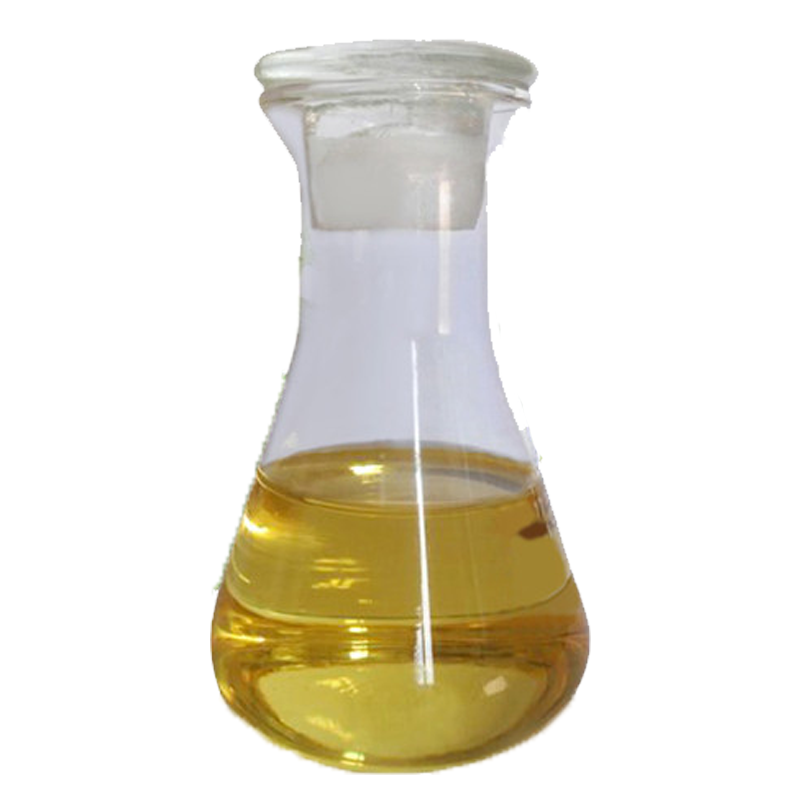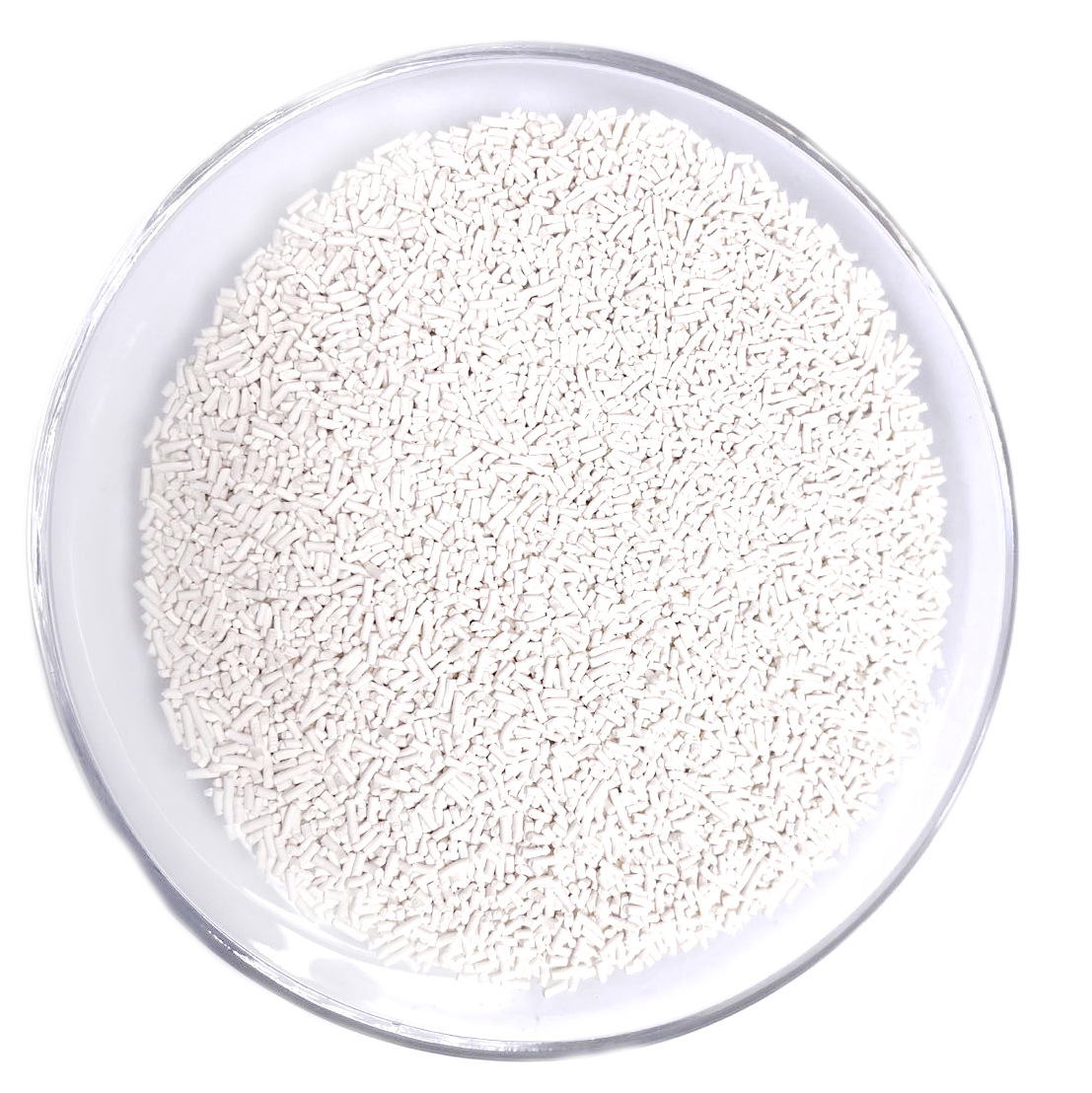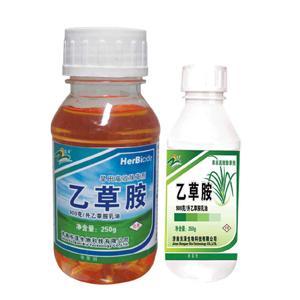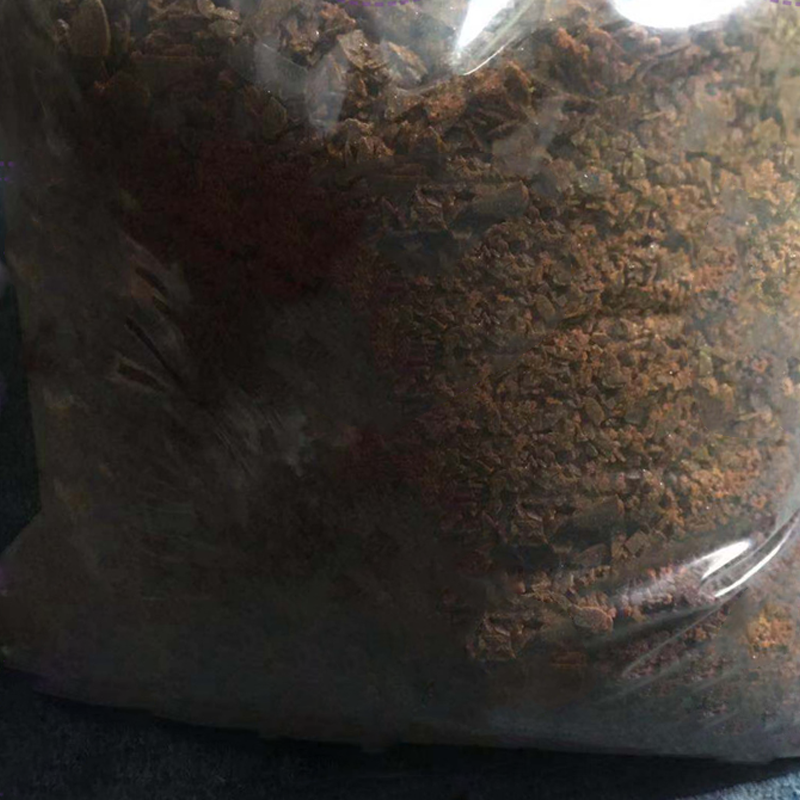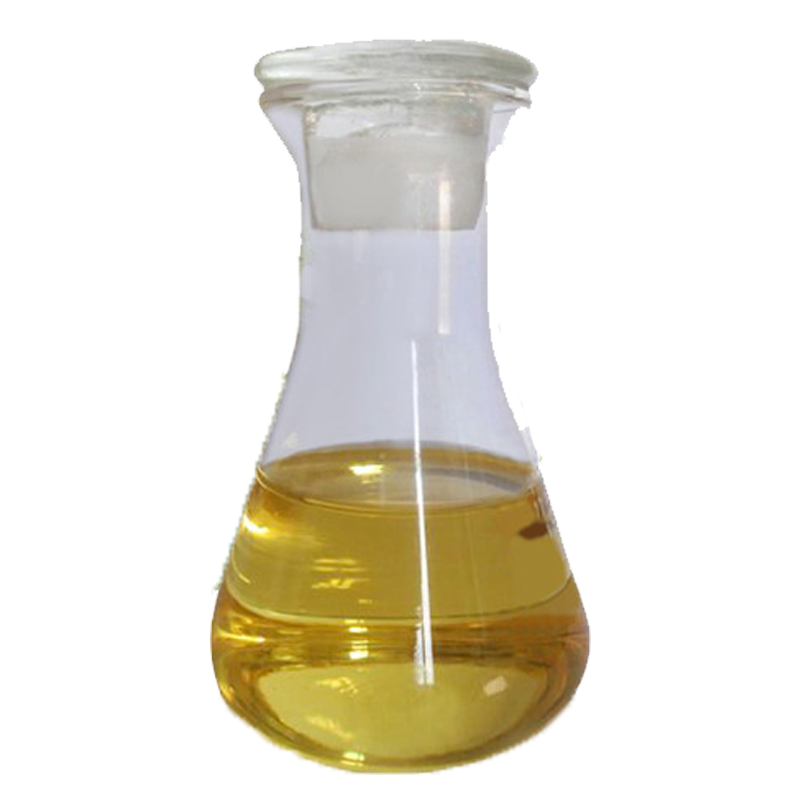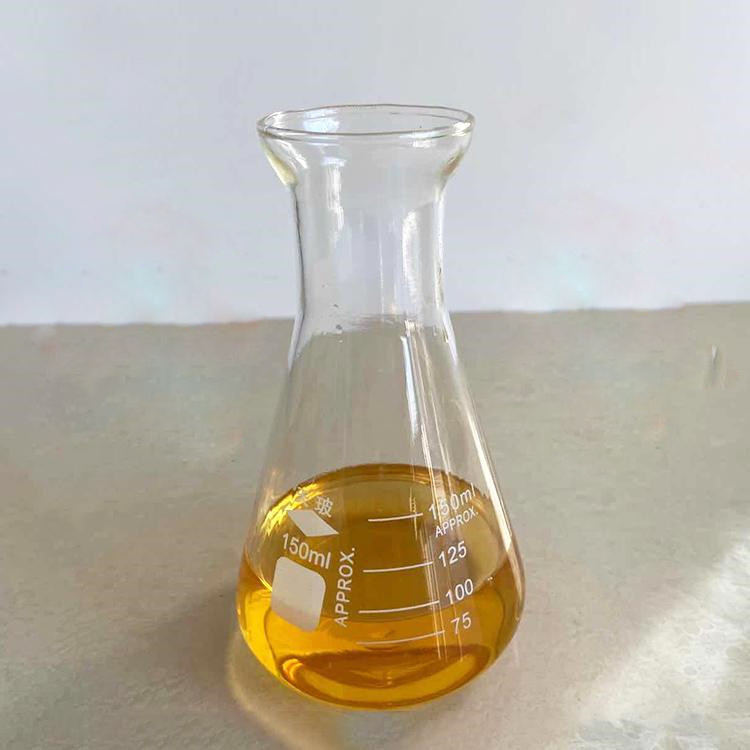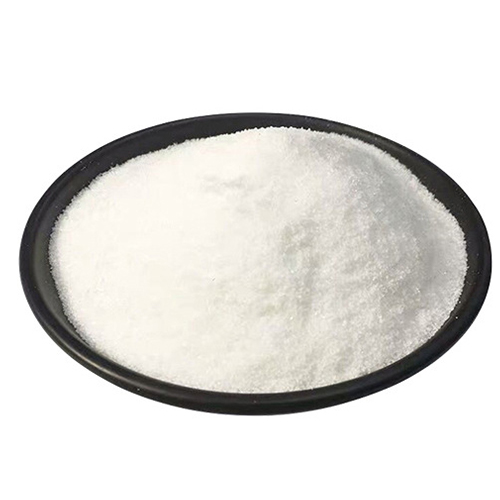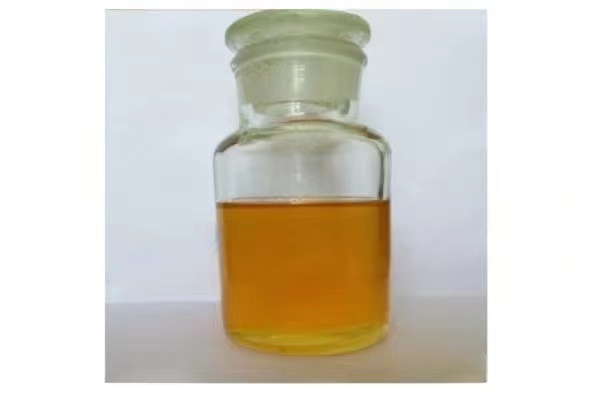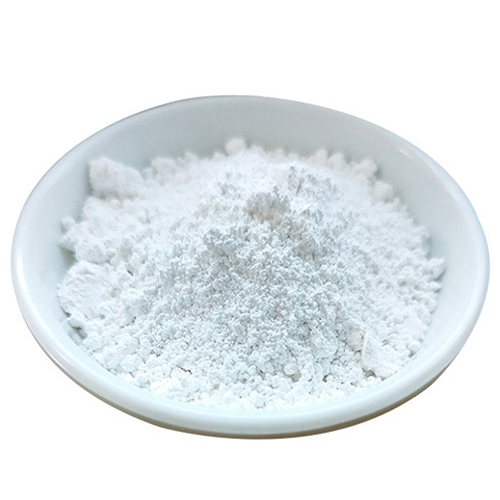
Herbicide Fomesafen 95%TC Cas 72178-02-0
Fomesafen can be used as a highly effective and selective herbicide. Effective in controlling broadleaf weeds. The agent is also very active in the soil. The disadvantage is that there will be certain phytotoxicity to soybeans, but it can recover quickly, and the application of pesticides before emergence after sowing is not easy to cause phytotoxicity to soybeans.
CasNo: 72178-02-0
Formula: C15H10ClF3N2O6S
Physical State:crystallize solid
Purity(%): 95%
Application: Agricultura
Color: White
Formulation:25%Liquid and used to manufacturer more formulated product
- Category: Herbicide
Features of Fomesafen
Fomesafen is a selective contact herbicide that can be used both before and after emergence of soybeans. It can be absorbed by the stems, leaves and roots of weeds, destroying the photosynthesis of weeds, causing the leaves of weeds to turn yellow or have burning spots, and quickly wither and die. Rainfall 4-6 hours after spraying does not affect the weeding effect. The medicinal liquid on the remaining leaves is washed into the soil by rain or sprayed into the soil, which will be absorbed by the weeds and kill the weeds.
Applications of Fomesafen
Fomesafen can be used as a highly effective and selective herbicide. It is mainly used for weeding after sprouting in bean fields, and has special effects on controlling broad-leaved weeds. Its principle of action is to absorb through leaves and destroy photosynthesis. The agent is also very active in the soil. Soybean 1-3 compound leaves after seedling, weeds 2-5 leaf stage, use 25% water agent 9-20mL/100m2, spray weed stems and leaves with water. At this dose, pre-emergence application is better than pre-sowing application. The disadvantage is that it will cause some phytotoxicity to soybeans, but it will recover quickly. Pre-emergence application after sowing is less likely to cause phytotoxicity to soybeans.
How to use fomesafen
When soybeans have 1-3 compound leaves after seedlings, and weeds are in the 1-3 leaf stage, use 68-132 ml of 25% water per mu, and 20-30 kg of water to evenly spray the stems and leaves of weeds.
Small weeds and suitable water use low dosage, large weeds and poor water conditions use high dosage.
Precautions for fomesafen
1. Fomesafen has a long-lasting effect in the soil. If the dosage is too high, it will cause different degrees of phytotoxicity to sensitive crops planted in the second year, such as cabbage, millet, sorghum, sugar beet, corn, millet, flax, etc. Under the recommended dose, corn and sorghum cultivated without plowing have mild effects. The dosage should be strictly controlled, and the safe crops should be selected.
2. When used in orchards, do not spray the liquid medicine on the leaves.
3. Fomesafen is safe for soybeans, but it is sensitive to crops such as corn, sorghum, and vegetables. Be careful not to contaminate these crops when spraying to avoid phytotoxicity.
4. If the dosage is large or the pesticide is applied at high temperature, soybeans or peanuts may produce burnt drug spots. Generally, the growth can resume normally after a few days without affecting the yield.
5. The drug has a long residual period in the soil, will not passivate in the soil, can maintain activity for several months, and is absorbed by the roots of plants, and has a certain residual herbicidal effect. Normal application will not cause phytotoxicity to the next stubble, but excessive application will cause phytotoxicity to the next sensitive crops such as cabbage, wheat, sorghum, sugar beet, corn, millet, flax, etc. After applying the pesticide, there will be dead spots on the soybean leaves, but it will return to normal after a week without affecting the later growth.
Package of Fomesafen
We also supply some accessories to add more functions for end-users' convenience, which also help our distributors and business partners sell our products in their area. Any special package requirements, please don't be hesitate to tell us.
Large Package:
Solid: 25Kg UN approved fiber drums with LDPE liner;
Liquid: 200L UN approved HDPE or iron drums.
Retail Package:
Solid: 10g;50g;100g;500g;1kg;5kg;25kg
Fomesafen Suppliers
Agripestcide is a professional agrochemical chemical manufacturer supplying good quality and effective herbicide fomesafen with high quality and good service. If you are looking for herbicide fomesafen, please feel free to contact us for latest price.
Name | Fomesafen |
Formula | C15H10ClF3N2O6S |
Molecular Weight | 438.76 |
EINECS N0. | 276-439-9 |
Melting Point | 220-221°C |
Boiling Point | |
Physical State | crystallize solid |
Color | White |
Purity | 95% |
Package | 25kg Cardboard barrel |
Application | Agricultural |
Storage | Ventilation low temperature drying |
Sample | Available |
EXP | 2 years |
Send an Inquiry
Your email address will not published. Required fieled are marked.
Related Products
Check out other related Products

